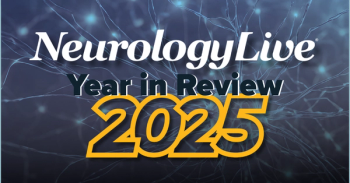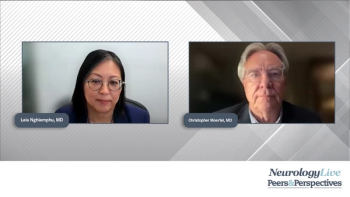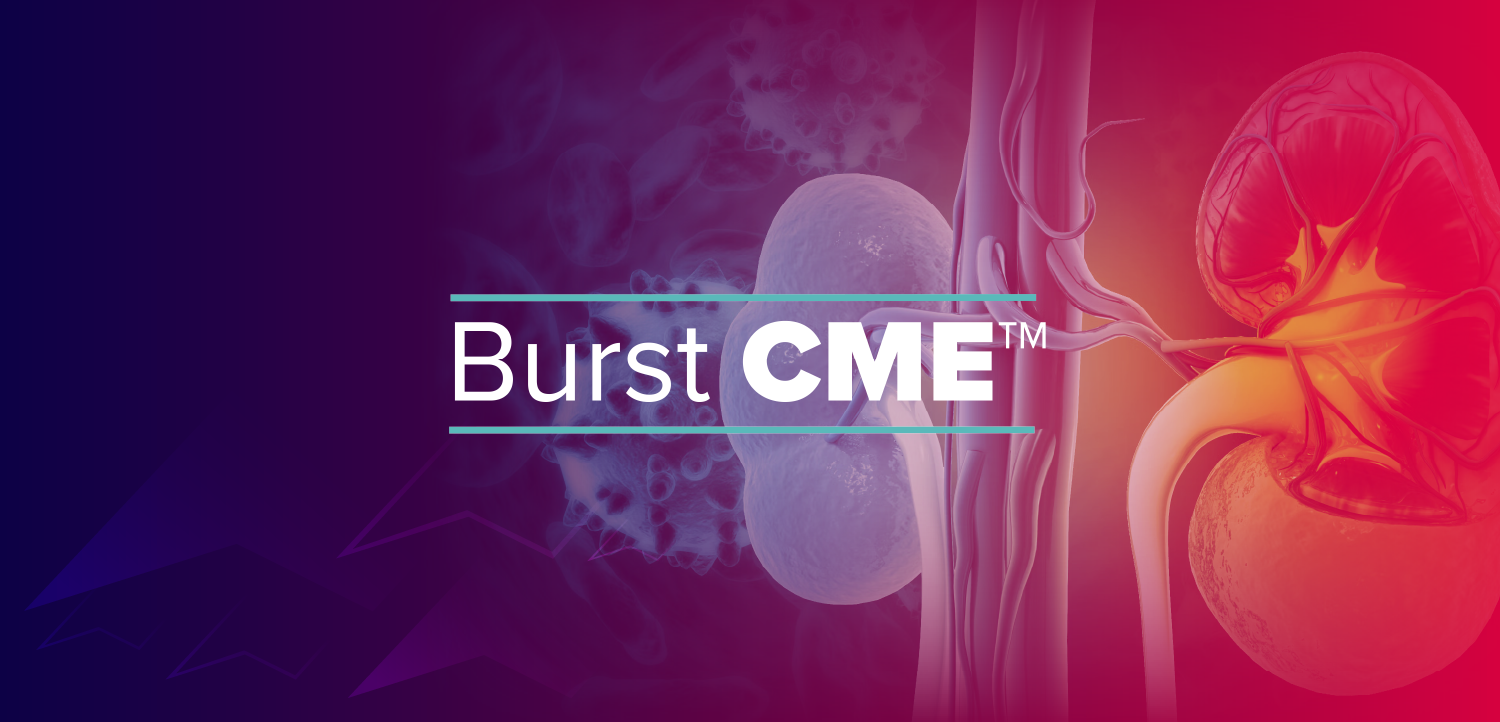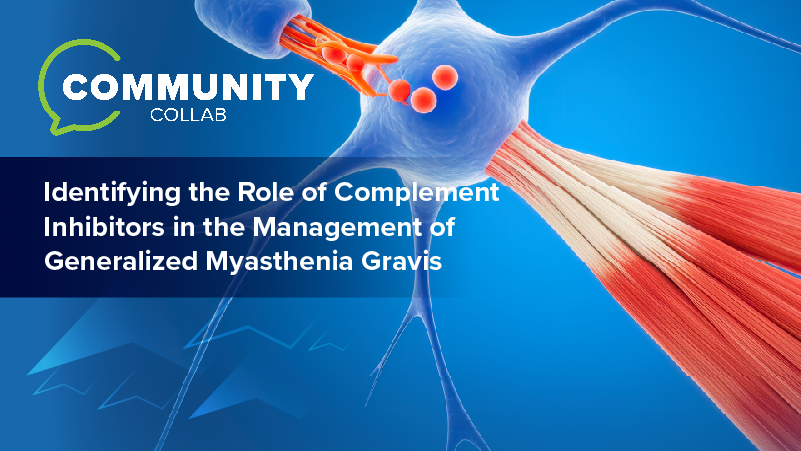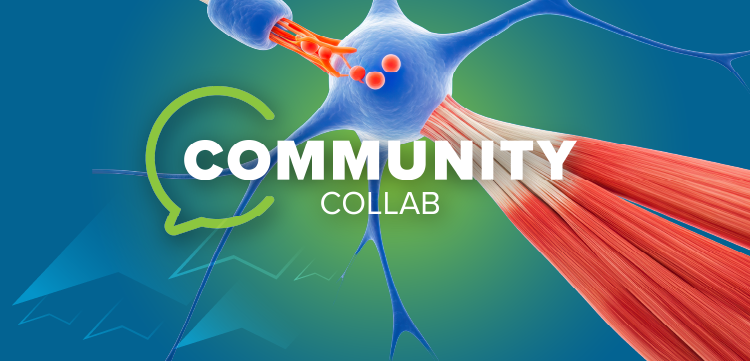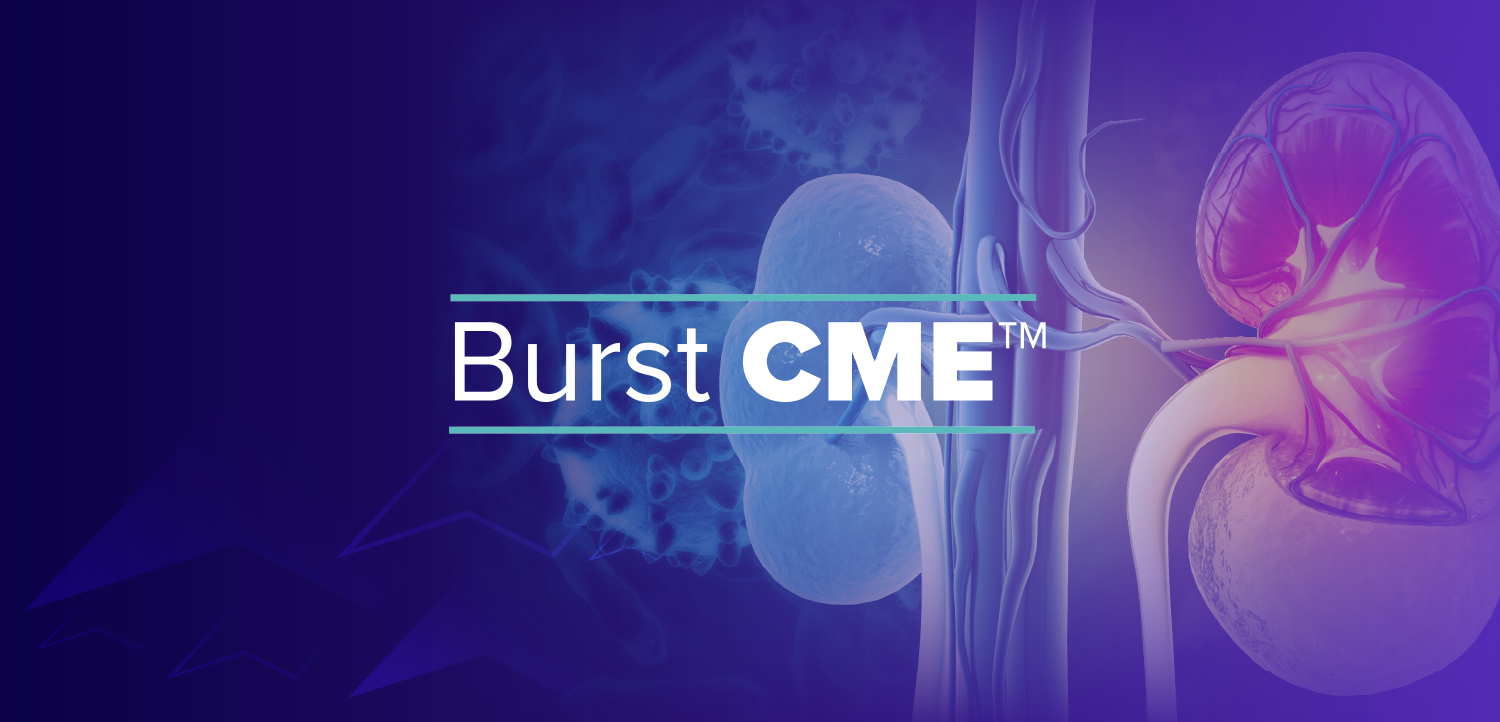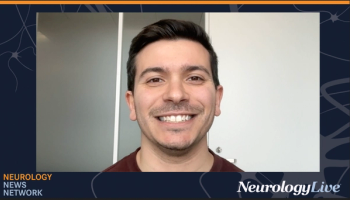
Understanding Tau Aggregation in Alzheimer Disease and Related Dementias: Maria Grazia Spillantini, PhD
The professor of molecular neurology at the University of Cambridge highlighted recent research on tau protein aggregation in Alzheimer disease and other related tauopathies. [WATCH TIME: 6 minutes]
WATCH TIME: 6 minutes | Captions are auto-generated and may contain errors.
"What we know now is that tau aggregates can also appear in young people during life, but then they just disappear—they are degraded, they are dissolved. But when we become older, these aggregates are not eliminated anymore. In some people, who probably have a susceptibility, they start to accumulate. When there are enough of them to cause damage in the brain, they lead to Alzheimer disease, loss of memory, and so on."
Tauopathies are a group of neurodegenerative diseases marked by the buildup of misfolded and insoluble tau protein in neurons, typically identified during postmortem brain analysis. Patients with these neurodegenerative disorders may present with a wide range of cognitive, motor, and neuropsychiatric symptoms. The extent of tau pathology closely aligns with the severity of neurodegeneration and clinical impairment, positioning tau as a key target for therapeutic development. As a result, several tau-directed treatments have been assessed in clinical trials for Alzheimer disease (AD) and other related tauopathies.1
Under physiological conditions, tau functions as a soluble neuronal protein that stabilizes microtubules via its microtubule-binding region, playing a role in maintaining the cytoskeleton and supporting intracellular transport. In addition, tau is involved in cellular processes such as synaptic regulation, gene expression, and energy metabolism. A growing body of research supports tau’s involvement in neurodegenerative disease. Although loss of function alone does not appear sufficient to account for the clinical manifestations, disease-associated gain-of-function mutations in the MAPT gene point to toxic gain of function as a likely contributor to tauopathy pathogenesis.2
Expanding on these insights, Maria Grazia Spillantini, PhD, professor of molecular neurology in the Department of Clinical Neurosciences at the University of Cambridge, delivered a presentation on the complex biology of tau at the
REFERENCES
1. Dujardin S, Bégard S, Caillierez R, et al. Different tau species lead to heterogeneous tau pathology propagation and misfolding. Acta Neuropathol Commun. 2018;6(1):132. doi:10.1186/s40478-018-0637-7
2. Samudra N, Lane-Donovan C, VandeVrede L, Boxer AL. Tau pathology in neurodegenerative disease: disease mechanisms and therapeutic avenues. J Clin Invest. 2023;133(12):e168553. doi:10.1172/JCI168553
3. Spillantini MG. The multiple facets of tau pathology. Presented at: 2025 Alzheimer’s Association International Conference; July 27-30, 2025; Toronto, Ontario, Canada. Plenary Session.
Newsletter
Keep your finger on the pulse of neurology—subscribe to NeurologyLive for expert interviews, new data, and breakthrough treatment updates.

